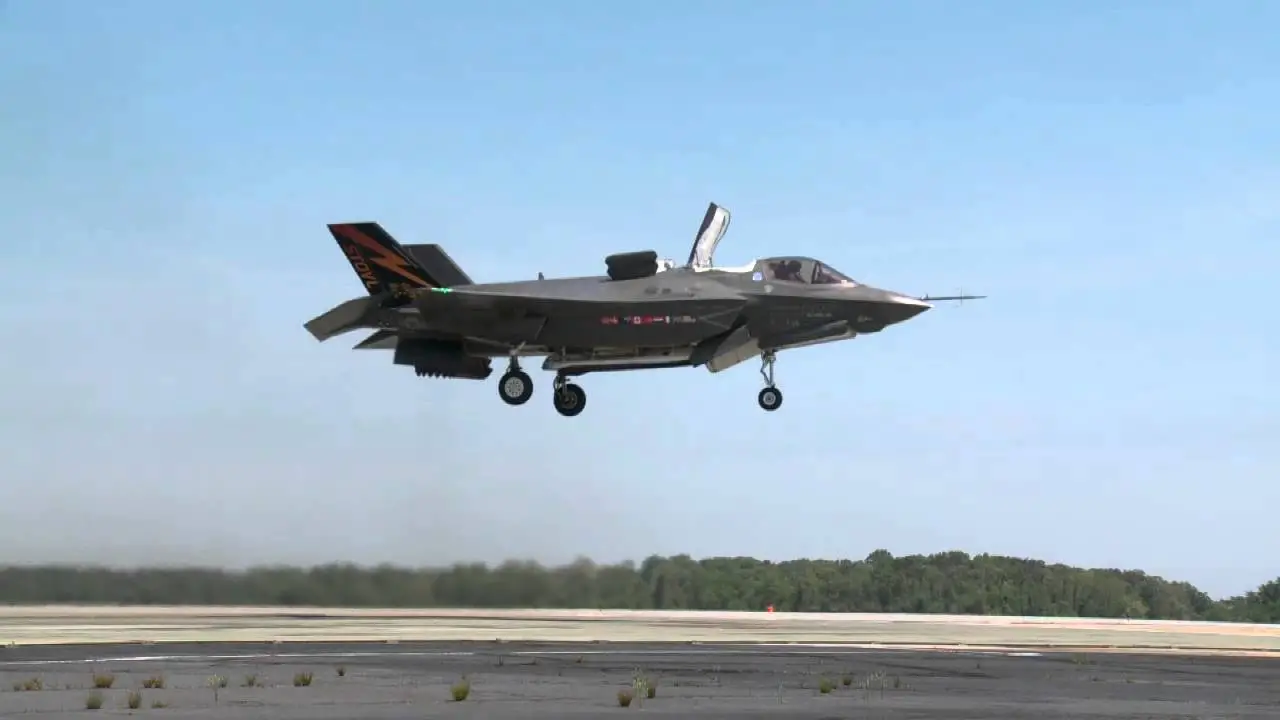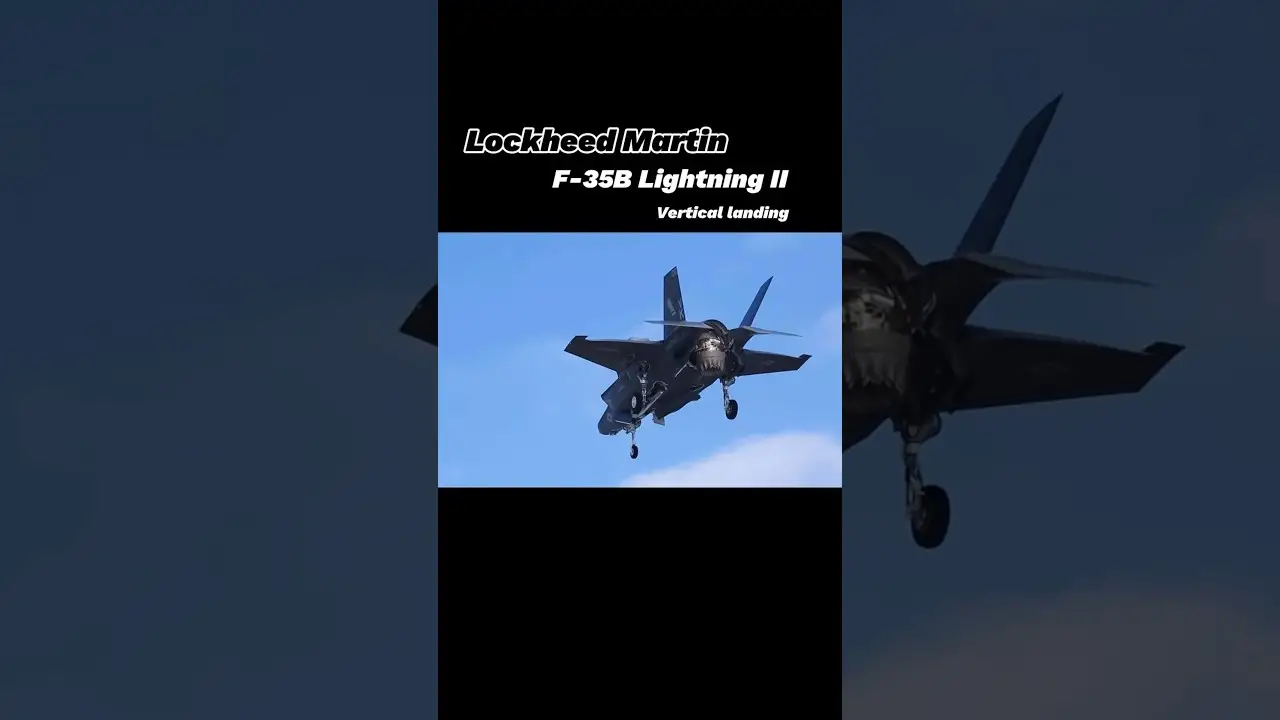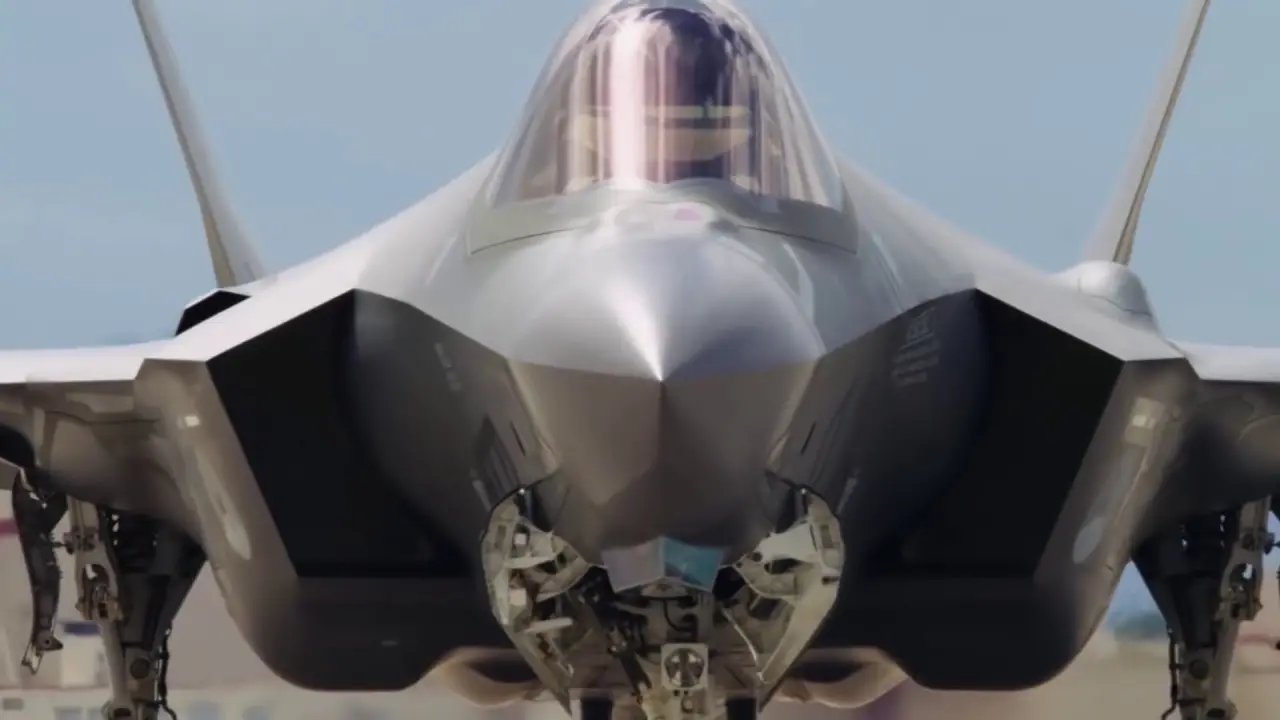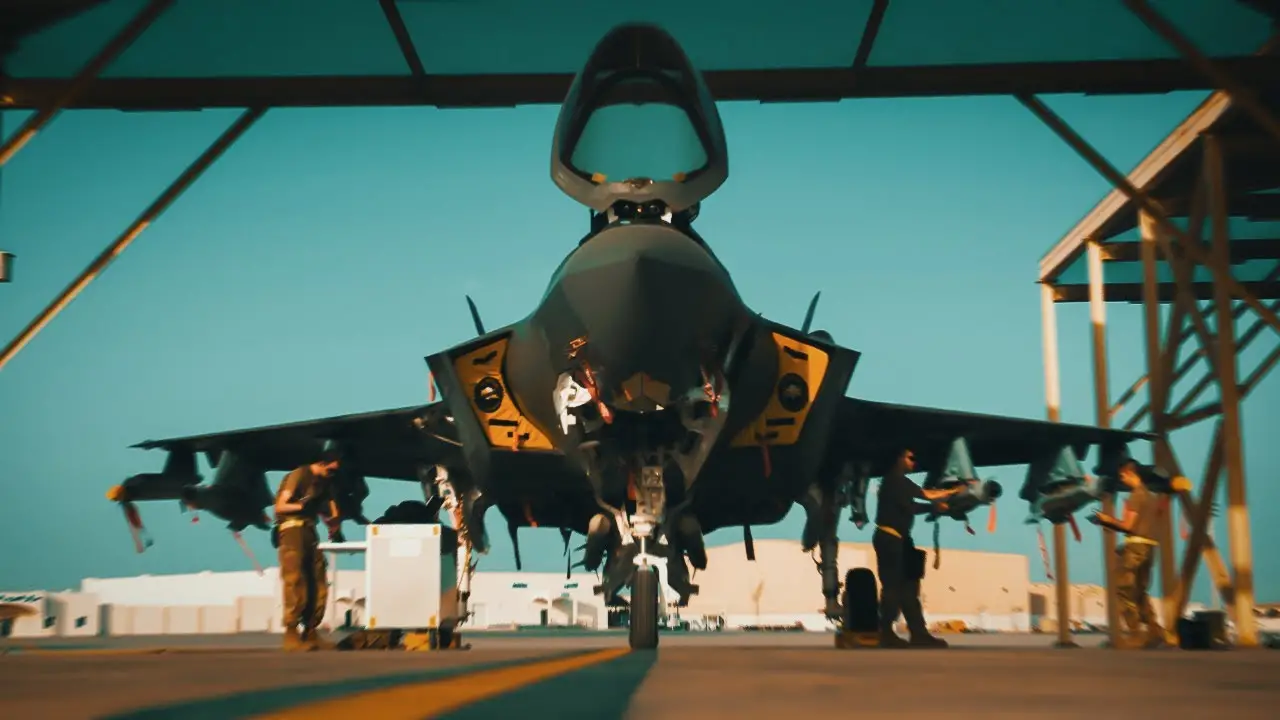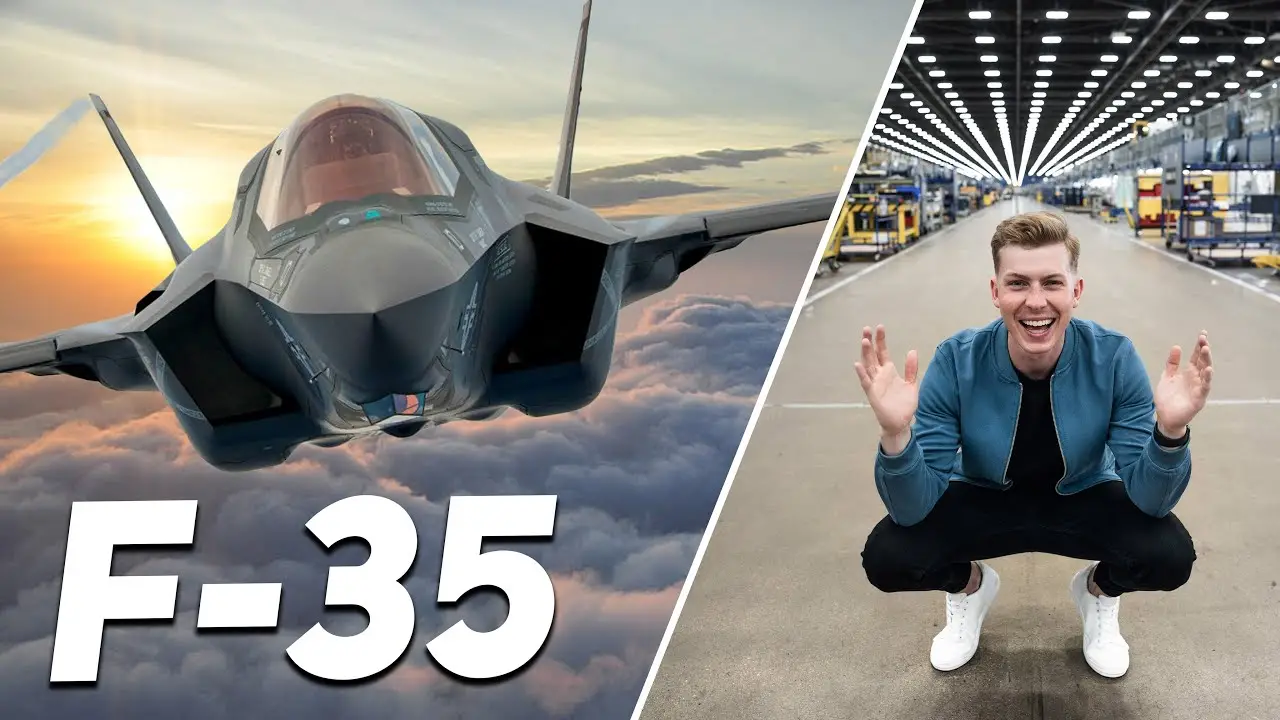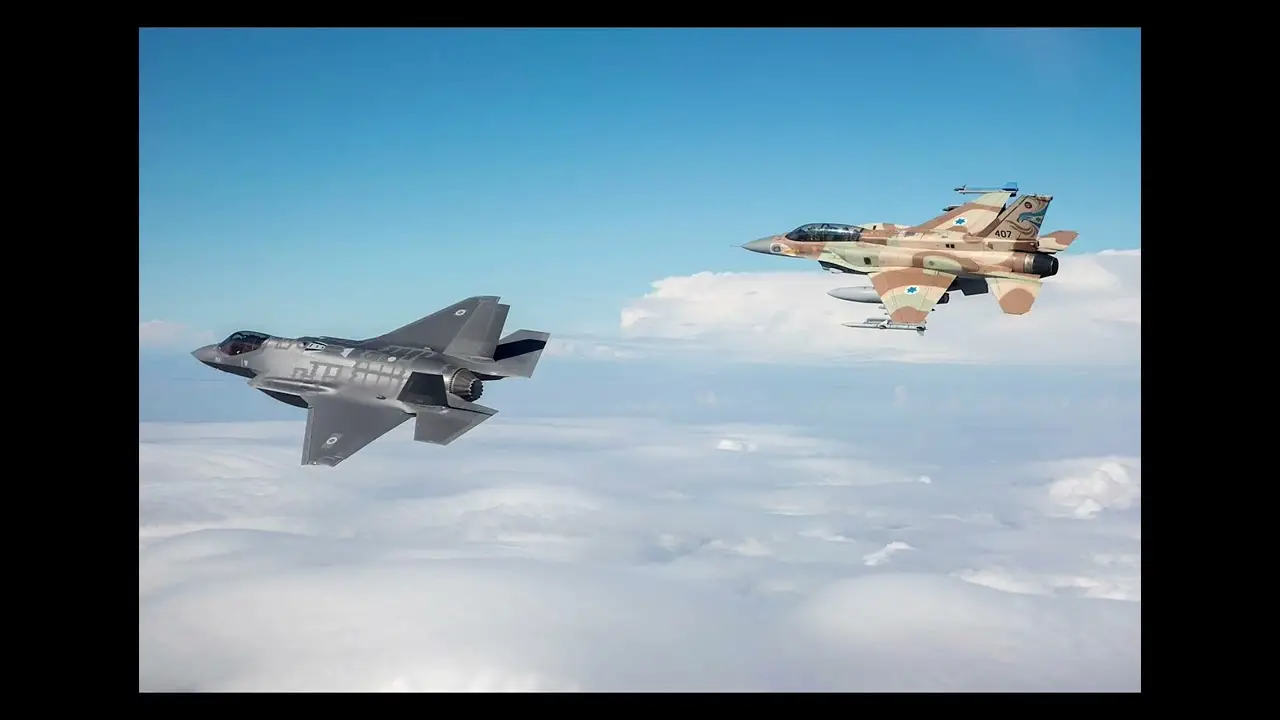Lockheed Martin F-35 Lightning II An In-depth Overview
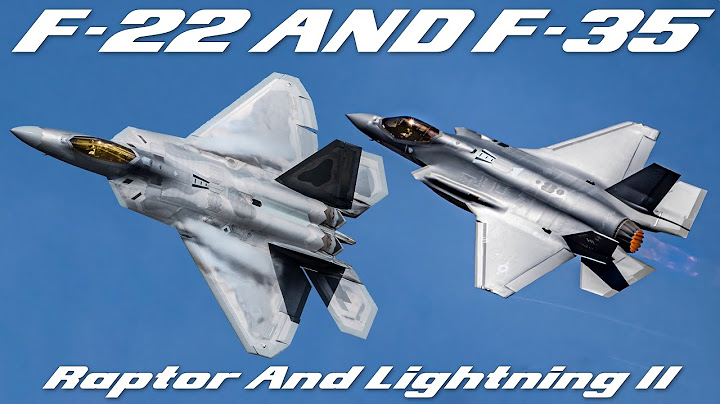
The Lockheed Martin F-35 Lightning II is a highly advanced fifth-generation fighter aircraft that has been making headlines since its development began in the early 1990s. With its cutting-edge technology and capabilities, it is set to replace several older fighter jets in the United States Air Force, Navy, and Marine Corps, as well as in other air forces around the world. In this article, we will take an in-depth look at the F-35, its history, features, controversies, and future plans.
Overview of Lockheed Martin F-35 Lightning II
The F-35 is a single-seat, single-engine, all-weather stealth multirole fighter aircraft developed by Lockheed Martin Aeronautics Company. It is designed to perform a wide range of missions, including air-to-air combat, air-to-ground strikes, intelligence, surveillance, and reconnaissance (ISR), and electronic warfare. The F-35 comes in three variants – the F-35A for conventional takeoff and landing, the F-35B for short takeoff and vertical landing, and the F-35C for carrier-based operations.
Key Features and Capabilities of the F-35
The F-35 incorporates state-of-the-art technologies in avionics, sensor systems, and stealth capabilities. Its advanced sensors and electronics provide the pilot with enhanced situational awareness and targeting capabilities. Some of the key features and capabilities of the F-35 include:
- Advanced radar system: The F-35 is equipped with an AN/APG-81 active electronically scanned array (AESA) radar, which provides superior detection and tracking capabilities.
- Electro-optical targeting system (EOTS): The EOTS is a high-resolution infrared sensor that allows the pilot to detect, track, and identify targets day or night.
- Helmet-mounted display system (HMDS): The HMDS provides the pilot with a 360-degree view of the battlefield, allowing for improved situational awareness and target tracking.
- Low observability: The F-35’s stealth capabilities make it difficult to detect by radar, infrared, and other sensors, giving it a significant advantage in combat situations.
- Integrated avionics: The F-35’s advanced avionics system integrates data from various sensors and systems, providing the pilot with a comprehensive picture of the battlefield.
History and Development of the F-35
The development of the F-35 began in 1992 when the United States Department of Defense launched the Joint Strike Fighter (JSF) program. The aim of the program was to develop a single fighter aircraft that could meet the needs of the Air Force, Navy, and Marine Corps. In 2001, Lockheed Martin was chosen as the prime contractor for the program.
F-22 Raptor History, Features, Performance, and Comparisons
Delays and Challenges
The F-35 program has faced several challenges and delays throughout its development. One of the major setbacks was the discovery of design flaws in the early stages of development, which led to significant redesigns and delays. Additionally, there have been issues with software development and integration, resulting in further delays and cost overruns.
Despite these challenges, the F-35 has successfully completed numerous flight tests and has been declared operational by the US military. However, some critics argue that the delays and cost overruns have made the F-35 one of the most expensive weapons programs in history.
Comparison with Other Fighter Jets
Introduction to F35 Fighter Aircraft
The F-35 is often compared to other fifth-generation fighter jets such as the Russian Sukhoi Su-57 and the Chinese Chengdu J-20. While all three aircraft share similar capabilities, the F-35 has a few advantages over its counterparts. Its advanced sensor fusion technology and low observability give it an edge in air-to-air combat situations. Additionally, the F-35 has a larger weapons payload and longer range than the Su-57 and J-20.
In terms of cost, the F-35 is significantly more expensive than its competitors. However, proponents argue that the F-35’s advanced capabilities justify its higher price tag.
Current Status and Production of the F-35
As of 2021, over 600 F-35s have been delivered to various military forces around the world. The United States is the largest customer, with plans to acquire over 2,400 F-35s in total. Other countries that have ordered the F-35 include the United Kingdom, Italy, Australia, Japan, and Israel.
The F-35 program has faced criticism for its slow production rate and high costs. However, Lockheed Martin has made efforts to increase production and reduce costs, with a goal of producing up to 160 F-35s per year by 2023.
Cost and Controversies Surrounding the F-35 Program
The F-35 program has been plagued by controversies since its inception. One of the main issues is the high cost of the aircraft, which has been estimated to be over $1 trillion over its lifetime. This has led to debates about whether the F-35 is worth the investment, especially when compared to other fighter jets that are significantly cheaper.
Another controversy surrounding the F-35 is its performance in combat situations. While the F-35 has not yet been involved in any major conflicts, there have been concerns about its ability to perform in combat due to its complex software and maintenance requirements.
International Partnerships and Customers for the F-35
The F-35 program has several international partners, including the United Kingdom, Italy, the Netherlands, Canada, Denmark, Norway, Turkey, and Australia. These countries have contributed to the development and production of the F-35 and have also placed orders for the aircraft.
In addition to the partner countries, several other nations have also expressed interest in acquiring the F-35. These include Singapore, South Korea, Poland, and Belgium.
Future Plans and Upgrades for the F-35
Lockheed Martin has plans to continue upgrading the F-35 with new technologies and capabilities. Some of the planned upgrades include improved sensors, weapons systems, and software updates. Additionally, there are plans to develop a next-generation engine for the F-35, which would increase its speed and range.
The F-35 is also expected to play a crucial role in the development of future unmanned combat aircraft, with plans to integrate it into a network of manned and unmanned aircraft for enhanced capabilities.
Performance and Combat Effectiveness of the F-35
Despite the controversies and challenges faced by the F-35 program, the aircraft has proven to be highly capable in various tests and exercises. Its advanced technology and stealth capabilities give it an advantage in combat situations, and it has been praised for its performance in air-to-air and air-to-ground missions.
However, the true test of the F-35’s combat effectiveness will only come when it is deployed in real-world conflicts. Until then, its capabilities can only be speculated based on simulations and exercises.
Evolution of Fighter Aircraft From Early Jets to Advanced Tech
Conclusion: Is the F-35 Worth the Investment?
The F-35 program has had its fair share of challenges and controversies, but there is no denying that the F-35 is a highly advanced and capable fighter aircraft. Its cutting-edge technology and capabilities make it a formidable asset in any military force. However, the high cost of the F-35 and the delays in its development have raised questions about whether it is worth the investment.
Ultimately, the answer to this question will depend on how the F-35 performs in real-world conflicts and whether it can live up to its promises. Only time will tell if the F-35 was a wise investment for the United States and its international partners.

